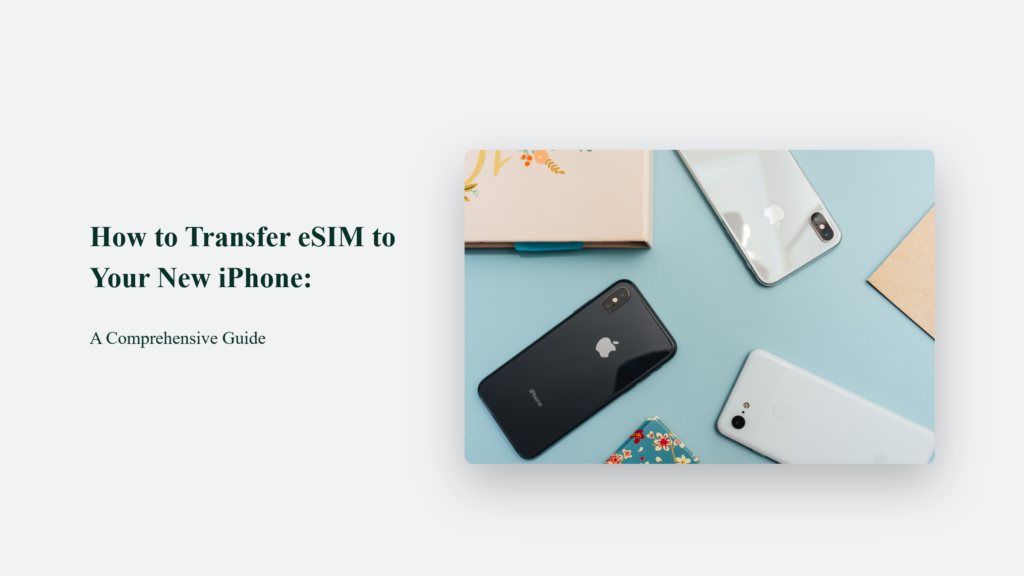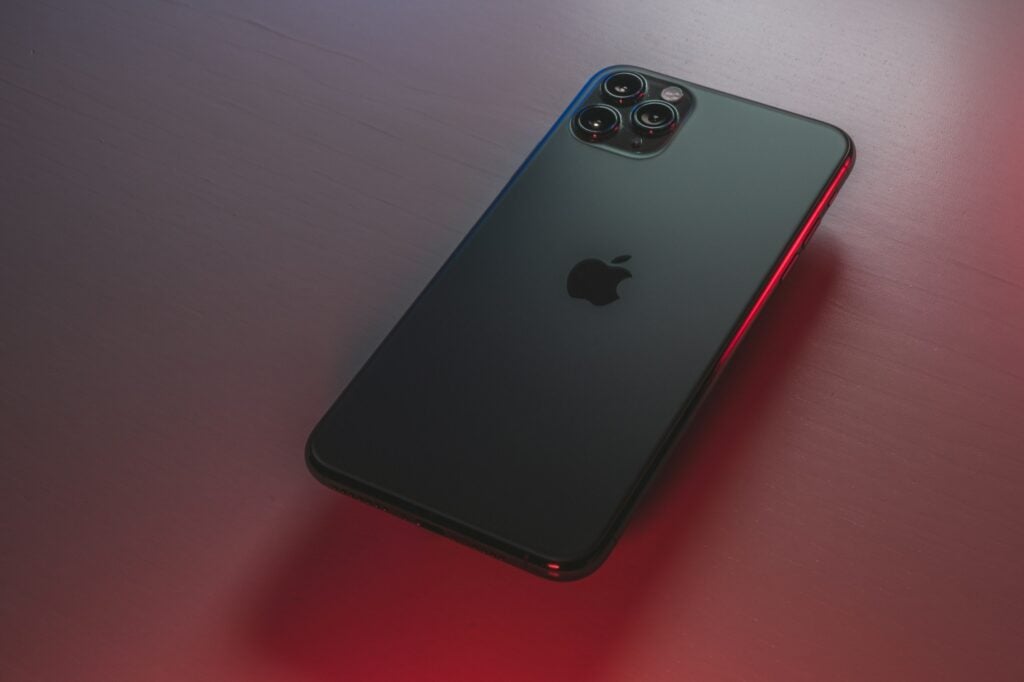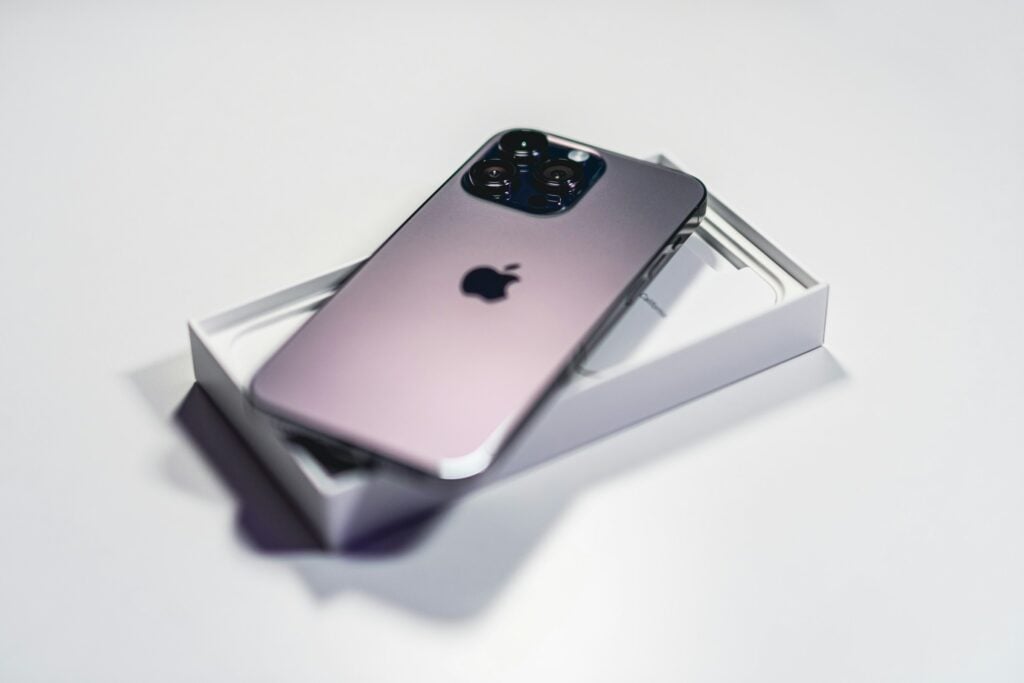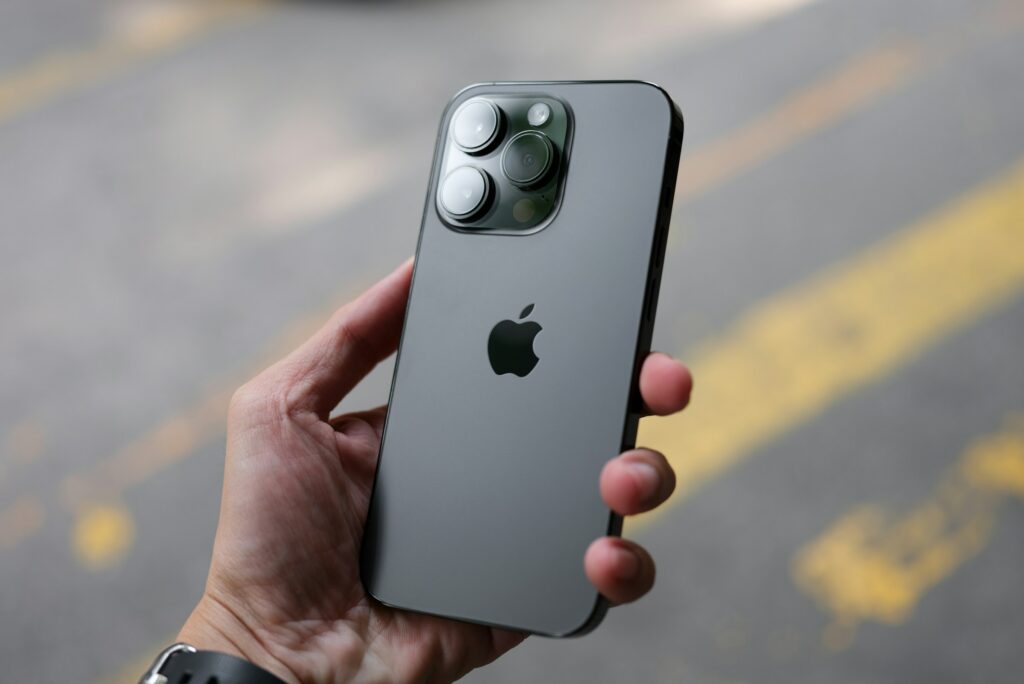In the ever-evolving world of technology, the eSIM has emerged as a beacon of convenience, offering a seamless transition from one device to another. Picture this: you’ve just unwrapped your brand-new iPhone, and you’re itching to dive into its features. But wait, what about your eSIM? How to transfer eSIM from your old iPhone to your shiny new one? Fret not, dear reader, as I guide you through this surprisingly simple process.

How to transfer eSIM: A Closer Look
Transferring an eSIM to a new iPhone can seem almost magical in its simplicity, much like wielding a wand in a world of digital magic. The process is straightforward, designed for ease and efficiency, ensuring that even those not deeply versed in technology can confidently navigate it. Let’s delve into the steps involved:
Turn On and Set Up:
The first step is akin to the initial wave of a magician’s wand. You power up your new iPhone and embark on the setup process. It is where the journey begins, with your old iPhone, the source of your eSIM, kept nearby. It’s an essential part of this digital enchantment.
Select Transfer:
You’ll arrive at the ‘Set Up Cellular’ screen as you navigate through the setup stages. This step is crucial. Here, you choose ‘Transfer from Nearby iPhone.’ This option is the bridge that allows the eSIM to cross from your old device to the new one.
Choose and Continue:
Now, you’re presented with a choice. You select the specific cellular line you wish to transfer. Once decided, a simple tap on ‘Continue’ initiates the transfer. It’s a seamless process where the simplicity of the user interface masks the complexity of technology.
Finalise Setup:
The final act of this digital magic show involves completing the setup on both devices. This step requires following on-screen instructions that guide you through the rest of the setup process. It’s crucial to ensure that both the old and new iPhones are involved in this stage to complete the eSIM transfer successfully.
The beauty of this process lies in its straightforward approach. Apple has designed it to be user-friendly, ensuring users can transition to their new device without getting bogged down by technical complexities. This ease of transfer enhances the user experience and reflects the evolving nature of technology, where convenience and efficiency are paramount.
Post-Setup Transfer:
If you’ve already set up your new iPhone but still need to transfer your eSIM, don’t worry. The process is still straightforward and can be done at your convenience. Here’s how to transfer your eSIM to your new iPhone post-setup:
- Access Mobile Data Settings: On your new iPhone, navigate to ‘Settings’ and tap ‘Mobile Data’ (or ‘Cellular’ in some regions).
- Add Data Plan: Look for the option ‘Add Data Plan’. It is your gateway to initiating the eSIM transfer.
- Transfer Options: You might see a prompt to transfer a mobile plan from your old iPhone. If it appears, select ‘Transfer from Another iPhone’. If this option doesn’t appear, don’t fret; there are other ways to proceed.
- QR Code Method: If the automatic transfer option isn’t available or doesn’t work, you can use a QR code provided by your mobile carrier. Select ‘Use QR Code’ on the ‘Set Up Cellular’ page, and scan the code using your iPhone’s camera.
- Carrier Instructions: Once you start the transfer process via automatic transfer or QR code, you’ll likely receive further instructions on your old iPhone. Follow these to confirm the transfer. It might include entering a verification code displayed on your new iPhone.
- Manual Entry: In some cases, if you don’t have a QR code or the automatic transfer isn’t functioning, you may need to enter your eSIM details manually. You’ll need eSIM details from your carrier’s customer support for this. Then, in ‘Settings’> ‘Cellular’> ‘Add Cellular Plan’, choose ‘Enter Details Manually’ and fill in the necessary information.
- Final Steps: After initiating the transfer, it might take a while to complete. To finalize the setup, keep an eye on any prompts or instructions that may appear on your new iPhone. It might include a message like ‘Finish Setting Up Your Carrier’s Cellular Plan’. Tap on it to complete the process.
- Carrier Assistance: If you encounter any issues or uncertainties, it is always a good idea to contact your mobile carrier for help. They can guide you through the process and troubleshoot any problems.
- Check for Connectivity: Once everything is set up, ensure your new iPhone shows your carrier’s network and that you can make calls, send texts, and use data as expected.
Remember, transferring your eSIM doesn’t cancel your cellular plan on the old device. Contact your carrier directly if you wish to discontinue service on the old device.
Physical SIM to eSIM:

The transition from a physical SIM to an eSIM is a significant step in the evolution of mobile technology, reflecting the shift towards a more digital, streamlined approach in telecommunications.
This conversion process allows users to transform their physical SIM card into an eSIM, typically done directly from an iPhone’s settings. Here’s a general overview of how this conversion works:
- Eligibility Check: The first step is ensuring your carrier supports eSIM technology. Not all carriers offer this service, and availability can vary based on region and specific mobile plans.
- Settings Navigation: On your iPhone, you would typically start by going to the ‘Settings’ app and then navigating to the ‘Mobile Data’ or ‘Cellular’ section, depending on your region and iOS version.
- Conversion Option: If your carrier supports the conversion and you have the right plan, you should find an option like ‘Convert to eSIM’ or a similar command under the ‘Mobile Data’ or ‘Cellular’ settings.
- Process Initiation: Upon selecting the conversion option, you will likely be prompted to confirm your choice. It might involve more steps, like agreeing to terms and conditions or verifying your identity.
- Completion of Transfer: The transfer process usually involves automated steps executed by the phone’s software in collaboration with the carrier’s system. Once the conversion is initiated, the physical SIM card’s information is transferred to the phone’s eSIM.
- Final Steps: After the transfer, you will typically be instructed to remove the physical SIM card from your iPhone. The phone will then solely rely on the eSIM for cellular services.
- Confirmation and Testing: It’s always a good practice to confirm that the eSIM works correctly after conversion. It can be done by making a call, sending a text message, or using mobile data.
It’s important to note that this process can vary depending on the carrier, the iPhone model, and the iOS version. Moreover, not all carriers or iPhone models may support this functionality. Users are advised to consult with their carrier for specific instructions and to ensure compatibility before proceeding with the conversion.
Remember, converting a physical SIM to an eSIM is irreversible; once the eSIM is activated, the physical SIM will no longer function. Therefore, it’s crucial to be certain of the decision before proceeding with the conversion.
Why Transfer Your eSIM?

Transferring your eSIM to a new device, particularly when upgrading to a new iPhone, offers several compelling advantages, each designed to streamline your technological life in various ways. Let’s explore these benefits in more detail:
Convenience:
The foremost advantage of transferring an eSIM is the convenience it offers. Unlike traditional SIM cards, an eSIM eliminates the need to physically swap out a tiny chip whenever you change devices. It means you can maintain your existing phone number and cellular plan without the hassle of visiting a store or handling small, easily lost components. This ease of transition is particularly beneficial for those who upgrade their phones frequently or need to switch between devices for any reason.
Flexibility:
eSIMs offer unparalleled flexibility, especially for people who juggle multiple numbers or travel internationally. Traditional SIM cards limit you to one number per card, but eSIMs can store multiple profiles. You can have several phone numbers or data plans on a single device, which can be switched with a few taps. This feature is a boon for international travellers needing a local data plan alongside their primary number or business users who maintain separate lines for work and personal use.
Cost Savings:
By transferring an eSIM, you can avoid the costs of obtaining a new SIM card every time you switch phones. It includes not just the cost of the SIM card itself but also any service fees for activation or number porting that carriers might charge. These savings can be significant over time, especially for individuals who upgrade their phones regularly.
Eco-Friendly:
In an age where environmental consciousness is paramount, eSIMs contribute positively by reducing electronic waste. Though small, physical SIM cards contribute to the growing problem of e-waste when discarded. By eliminating the need for these physical cards, eSIM technology promotes a more sustainable, environmentally friendly approach to mobile connectivity.
Frequently Asked Questions:
What if my carrier doesn’t support Quick Transfer?
Use a QR code or your carrier’s app for the transfer.
Can I transfer my eSIM without a QR code?
Yes, by contacting your carrier or manually entering details.
What happens to the eSIM on my old iPhone?
Post-transfer, the eSIM will only be active on your new iPhone
The Bottom Line:
In conclusion, transferring your eSIM to a new iPhone is like a walk in a digital park. It’s a blend of simplicity, speed, and the magic of modern technology. Whether you’re an adept tech wizard or a curious first-timer, this guide ensures your journey is smooth and hassle-free. Welcome to the world where your phone number leaps from one device to another as easily as turning the pages of this guide.




